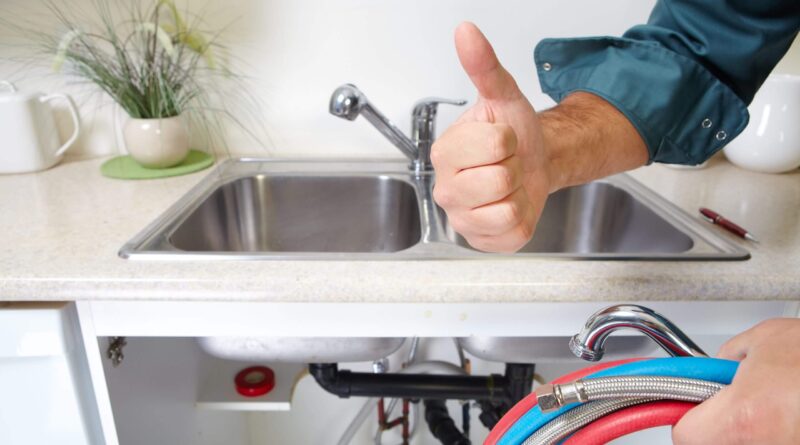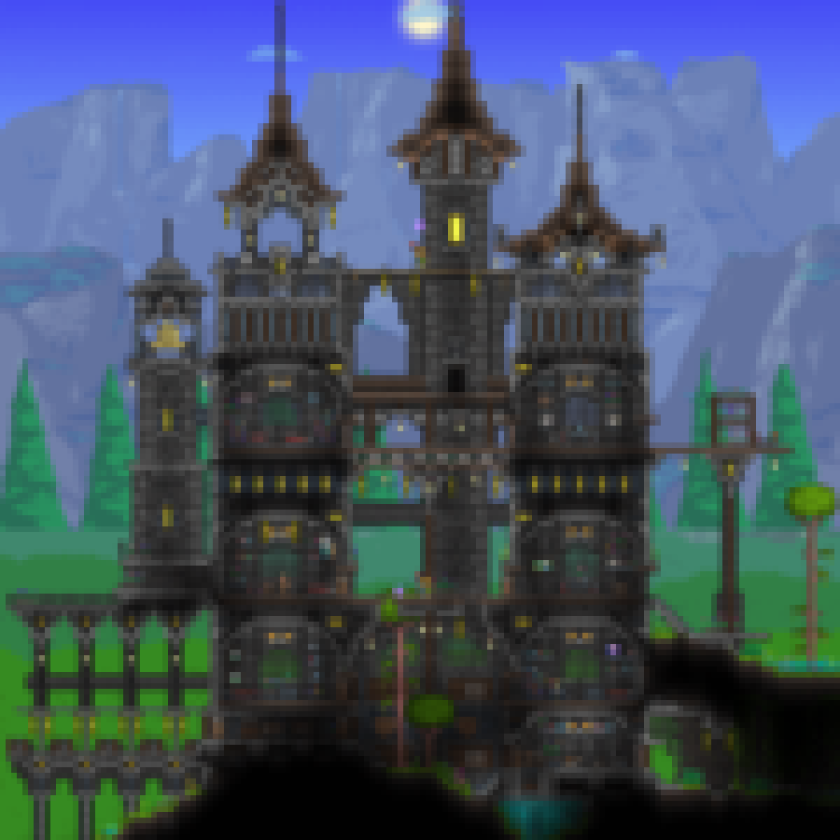When it comes to building a project as massive as a new home, every little detail will matter. For starters, you’ll have to create a blueprint that accurately details every nook and cranny. Then, figuring out how the home’s utilities will function will come into play. One crucial aspect of this area is, of course, the plumbing.
How a new home allows its plumbing to come into play is up to the discretion of the requisite parties involved. However, it is something that should be considered at the onset to optimize things moving forward. You will most likely need to contact a plumber like Gold Medal Plumbing with the necessary knowledge and expertise.
Here are six plumbing tips to keep in mind
If you are planning to create a new home, here are six plumbing tips to keep in mind:
1. Preliminary Groundwork
To begin with, a lot of groundwork will have to be considered before the actual installation begins. This part of the job entails setting up the right security permits in and around the land. These permits will detail what areas you can actually work on and how to install the equipment safely.
These permits are also legally required, as they will allow professionals to inspect and review their installation. During your plumbing design, make sure that you pinpoint any potential vulnerable areas. That way, after they have been put into place, professionals can fix mistakes if something wrong occurs.
2. Consider Your Needs
Since a new home will be something entirely out of your own creation, you’ll have to move about the process smartly. You may want to retrofit the property down the line with extra real estate or more utilities for your leisure. At the moment, however, it is crucial to consider only what will be the most important.
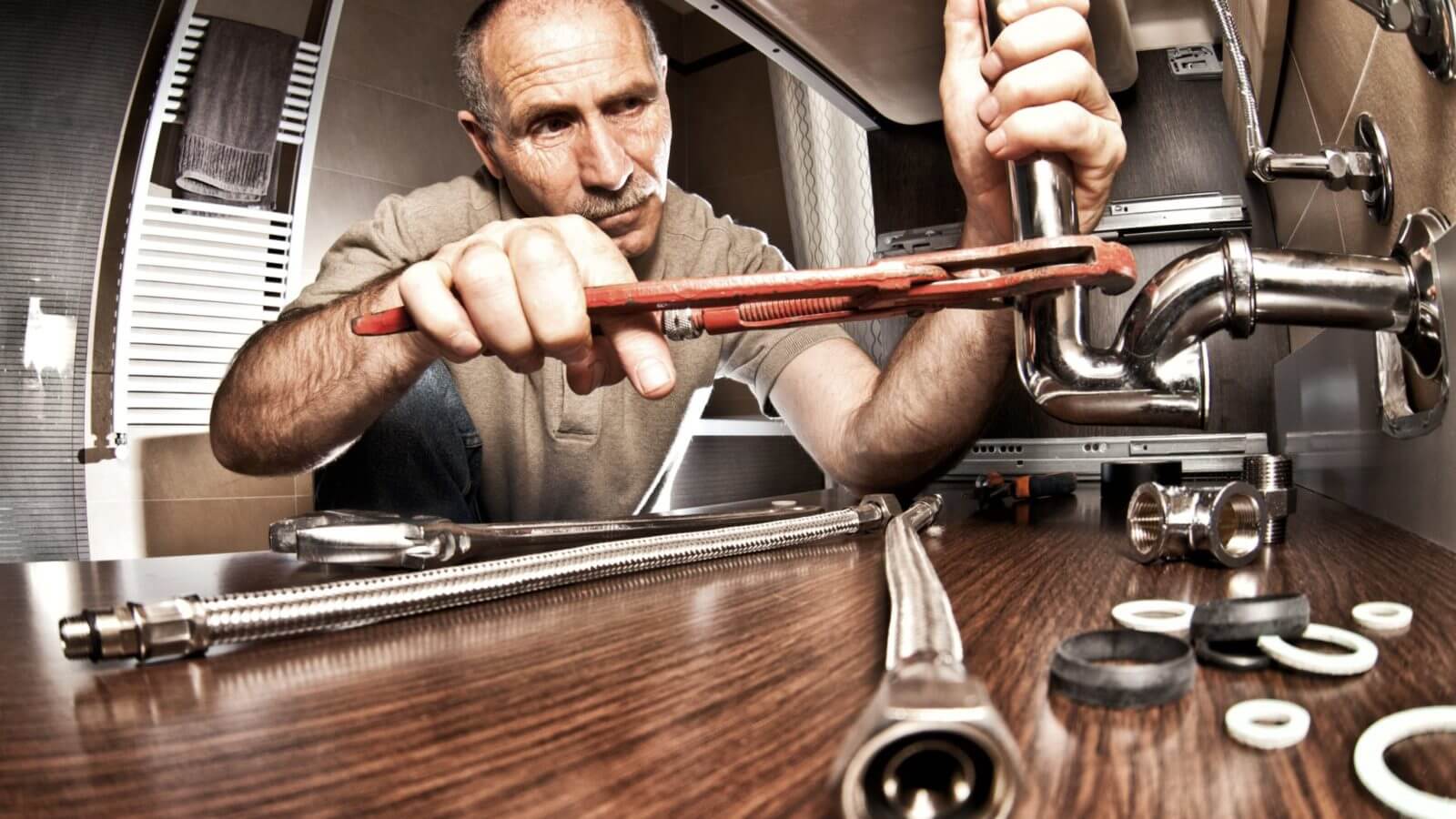
This sentiment goes double for what you require for your plumbing needs. Drain lines, for example, will only be installed once you determine where it needs to go in the home. Outdoor plumbing requirements should also be thought about in order to complete the project fully. That is because inclement weather conditions may have more of an effect than anticipated!
3. Consolidate The System
While it might be easier to place your various plumbing systems in and around your home, try to centralize things. By placing your plumbing frameworks in one designated area, you set your home up for success. There are many aspects that can work in a centralized system, such as your furnace.
As it pertains to the more external areas, such as sewage plumbing frameworks, consolidation will be key. You’ll have to think about the sewage connection and ejector pit to make things work. All of this sounds like it can be challenging than needed, but it will undoubtedly make things more efficient.
4. Water Access
Your home will, of course, have a number of spaces inside that require unrestricted water access. The bathroom and kitchen are two of the most important spaces that need water access, for example. That is why having a proper plumbing layout of how the systems will work is key.
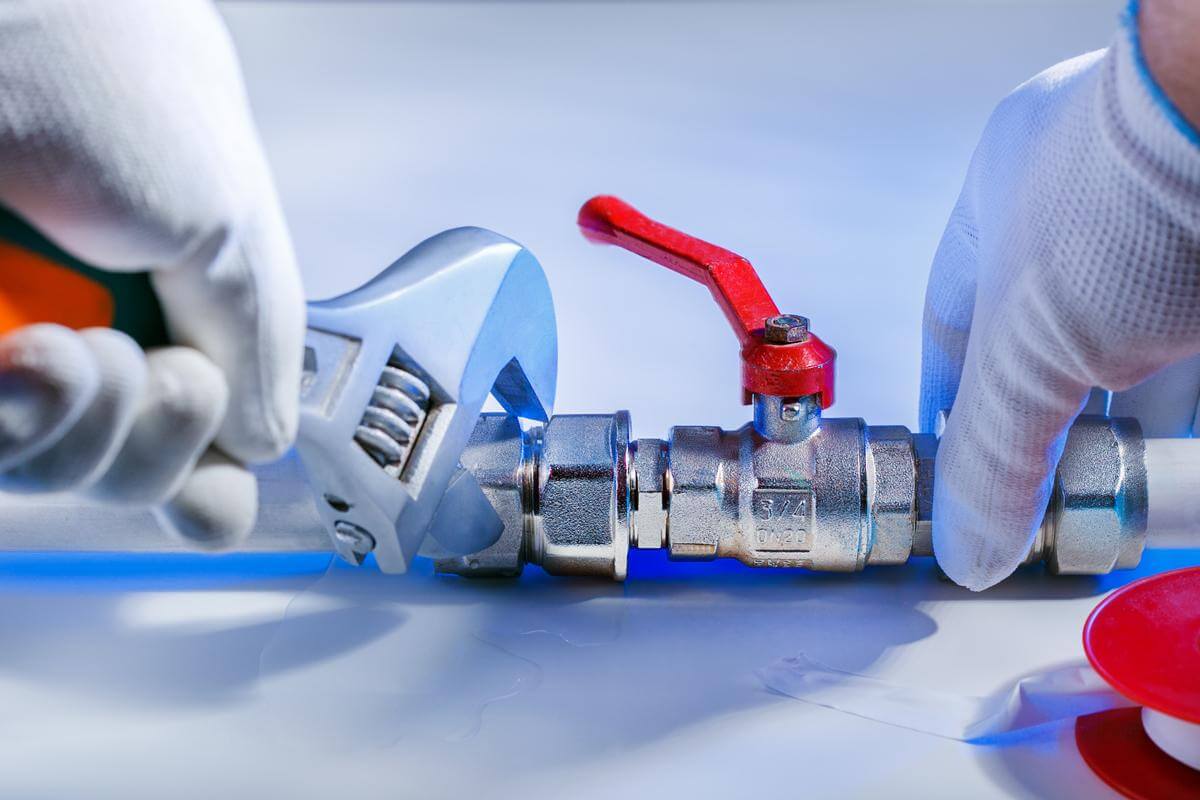
Another area that needs water access will be your home’s basement. If you keep the laundry room down here, it will require a proper plumbing system connected to a water line. If you can create plumbing schematics for all spaces, you will save yourself a lot of time!
5. Wet Wall Installation
As mentioned previously, trying to keep all of your plumbing systems centralized can be rather difficult. Since many aspects of the framework are required to be in various rooms, centralizing them can be challenging. As a result, you could make this effort a reality through the use of multiple wet walls installed in the home.
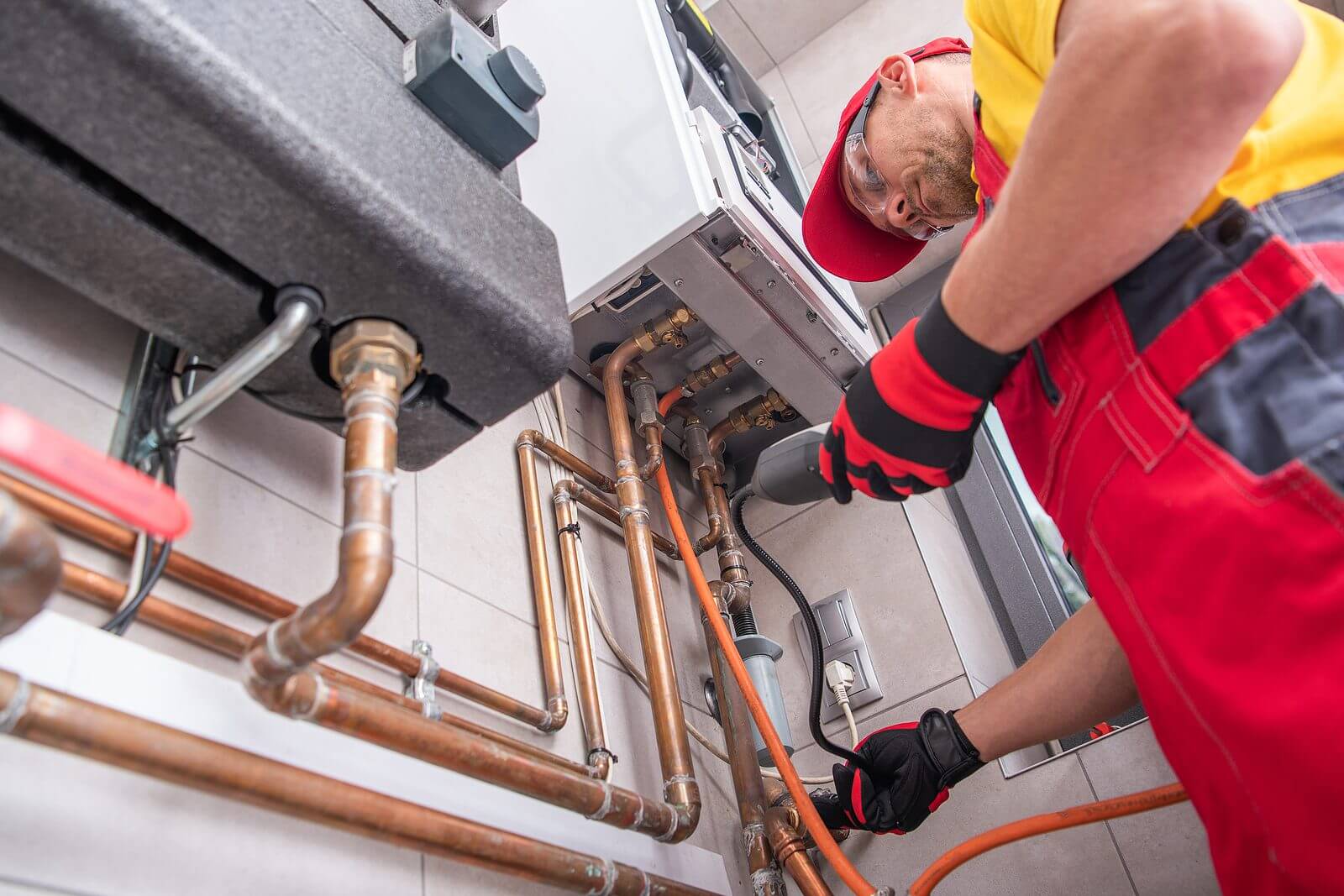
In essence, wet walls allow multiple lines within the home to be in the same place at the same time. No longer do you have to keep sewage and water supply lines in different areas. A proper wet wall installation can save you a lot of resources through its primary function. Plus, you will save a ton of money as well.
6. Shut-Off Valve Placement
Above all else, your plumbing system within the new home will need to have some form of a shut-off valve in place. If a pipe eventually becomes broken or some other aspect of the system becomes damaged, things need to shut down. A good shut-off valve will be able to cut off access immediately.
This allows you to prevent significant water damage from occurring, so that nothing out of the ordinary breaks. Plumbing systems, especially in newer homes, can be challenging to install even in the best of times. Don’t let this dissuade you from installing it, however. With enough patience, your home will be able to function as intended, with an efficient system all around!

